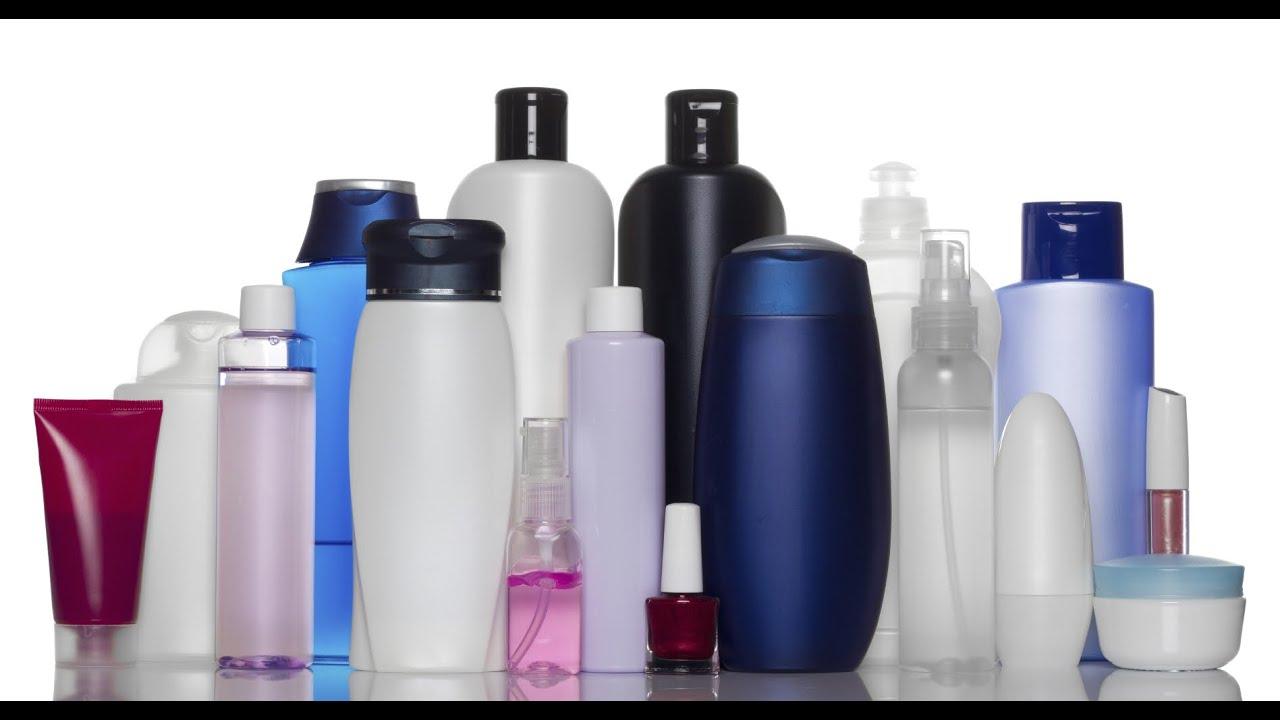Emerging Trends in the Global Glass Cosmetic Bottle Market: Innovations and Growth Forecast

The global glass cosmetic bottle market is witnessing a significant transformation driven by shifting consumer preferences, environmental concerns, and branding priorities in the beauty and personal care industry. As cosmetic brands increasingly emphasize sustainability, luxury appeal, and product preservation, glass bottles have emerged as a preferred packaging solution across various product categories including skincare, fragrances, and serums. This article explores the current state of the glass cosmetic bottle market, the key factors influencing its growth, and the trends shaping its future.
Market Overview
Glass cosmetic bottles are primarily used to package a wide array of beauty and personal care products such as perfumes, essential oils, lotions, creams, and serums. Known for their aesthetic appeal, chemical inertness, and recyclability, glass containers offer several advantages over plastic alternatives. The global market for glass cosmetic bottles was valued at approximately USD 1.8 billion in 2023 and is projected to grow at a compound annual growth rate (CAGR) of around 5–6% over the next five years.
Europe and North America have traditionally led the market due to a mature cosmetics industry, strict environmental regulations, and high consumer awareness about sustainable packaging. However, rapid urbanization and rising disposable incomes in Asia-Pacific, particularly in countries like China, India, South Korea, and Japan, are expanding the market’s reach and accelerating its growth trajectory in the region.
Key Growth Drivers
1. Sustainability and Eco-Friendly Packaging
Environmental sustainability is a major catalyst for the rising adoption of glass bottles in cosmetics. With increasing awareness around the harmful effects of plastic pollution, both consumers and brands are shifting toward more eco-friendly alternatives. Glass is 100% recyclable and can be reused without loss of quality, making it an ideal choice for brands aiming to reduce their carbon footprint and align with circular economy principles.
2. Premium Branding and Luxury Appeal
Cosmetic brands are leveraging glass packaging to convey premium quality and elevate brand perception. The tactile feel, weight, and visual clarity of glass contribute to a luxurious unboxing experience, which is particularly important in high-end skincare and fragrance segments. Customized shapes, embossing, frosted finishes, and metallic accents further allow brands to differentiate their products on the shelves.
3. Chemical Stability and Product Preservation
Glass is inert and non-reactive, which makes it suitable for storing sensitive formulations. Many skincare products, especially those containing active ingredients like vitamin C or retinol, require packaging that minimizes oxidation and contamination. Amber and opaque glass bottles are commonly used to protect contents from UV exposure, thereby ensuring product efficacy and shelf-life.
4. Innovation in Design and Functionality
Advances in glass molding and decoration technologies have broadened the possibilities for creative packaging solutions. Manufacturers are offering lightweight glass variants and airless pump systems to enhance user convenience without compromising the aesthetic or environmental benefits. Refillable and modular designs are also gaining traction, supporting zero-waste goals.
Challenges and Constraints
Despite its many advantages, glass packaging comes with certain limitations. It is heavier than plastic, which can increase shipping costs and carbon emissions associated with transportation. Glass is also fragile and prone to breakage, requiring careful handling and protective secondary packaging. These challenges may deter smaller brands or limit its application in travel-sized products.
In addition, the higher cost of glass compared to plastic may affect price-sensitive segments of the market. However, with growing demand for sustainable and premium offerings, many brands view the investment in glass packaging as a value-added differentiation strategy rather than a cost burden.
Competitive Landscape
The glass cosmetic bottle market is moderately fragmented, with several established players and regional manufacturers competing on quality, innovation, and customization. Key companies operating in this space include:
-
Gerresheimer AG
-
Pochet Group
-
Baralan
-
Bormioli Luigi
-
Stoelzle Glass Group
These companies are focusing on strategic partnerships, sustainability certifications, and investments in smart manufacturing to enhance their competitive advantage.
Future Outlook
The outlook for the glass cosmetic bottle market remains strong, underpinned by favorable consumer trends and regulatory momentum. Brands are expected to continue investing in recyclable, refillable, and aesthetically differentiated glass packaging to meet the evolving expectations of environmentally conscious and design-savvy consumers.
As innovation in glass production technologies advances and economies of scale bring down costs, the adoption of glass packaging in both premium and mass-market segments is likely to rise. Moreover, collaborations between packaging manufacturers and cosmetic brands will play a critical role in shaping the next generation of sustainable and high-performance beauty packaging.
- Art
- Causes
- Crafts
- Dance
- Drinks
- Film
- Fitness
- Food
- Games
- Gardening
- Health
- Home
- Literature
- Music
- Networking
- Other
- Party
- Religion
- Shopping
- Sports
- Theater
- Wellness


